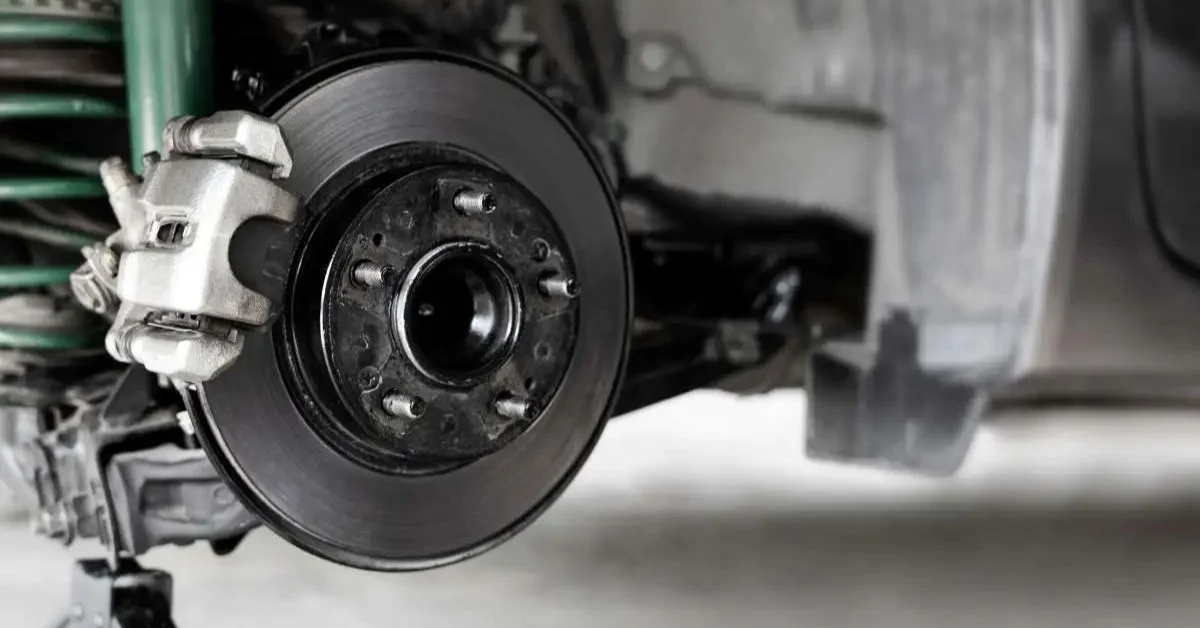Drum brakes provide great stopping force, but they are not the top choice for most performance car builds for a variety of reasons. Disc brakes dissipate heat better and work better with anti-lock braking systems, but that is not the only reason competitive drivers choose them. They are also easier to maintain yourself, allowing you to replace brake shoes with a simple operation whenever you need to do it.
Conversion Kits for Rear Drum Brakes
The key to the rear disc brake conversion kit is an adapter with wheel bearings sized to suit the original drum brake’s spindle, making it important for drivers to match conversion kits to the model year for the OEM brakes. The adapter allows a rotor to be fitted, and a caliper adapter bracket allows you to place the caliper for proper actuation.
Once it all comes together, changing your brake pads becomes as simple as getting the wheels off so you can access them. It saves time, and when you run events that wear through brake pads quickly, it allows you to change all four at once whenever you need to do it, even if you’re working on-site at an event.
Heat Dissipation and Race Performance
The way disc brakes dissipate heat helps with their longevity, and at competitive speeds, a lot of heat is produced. Most drum brakes are designed to work well at the heat levels produced by regular commuter cars and trucks working at highway speeds, and brakes that get too hot can damage surrounding parts before malfunctioning.
Better heat dissipation means your brakes do not add to the heat stress experienced by your drag wheels, so their own design-based heat dissipation works as it is supposed to. That, in turn, takes some stress off your tires by virtue of not passing a heat burden onto them. Heat control is a major concern when you’re running at the top end of a vehicle’s potential, it would make sense to prioritize it even if disc brakes didn’t have other advantages over drum brakes.
Additional Upgrades for Better Racing Performance
After upgrading your brakes and selecting the right wheels, the next step is upgrading to drag tires. Unlike standard tires, drag tires are made from a specialized compound that becomes tacky as it heats up, maximizing traction. Because of this, slicks have little to no tread, and many feature a bias-ply sidewall instead of a radial design to ensure maximum contact with the ground.
If you’re looking to take care of all your performance upgrades and maintenance, then a disc brake conversion will greatly simplify your processes, especially when you start competing at a level where tires and brakes get chewed up quickly. With the right combination of tools and situational configuration options for your tires, wheels, and ECU profile, you can adapt to any competitive situation. Keep that in mind as you plan your next upgrade, but start planning soon to find the best options on the market for your vehicle’s next evolution.









